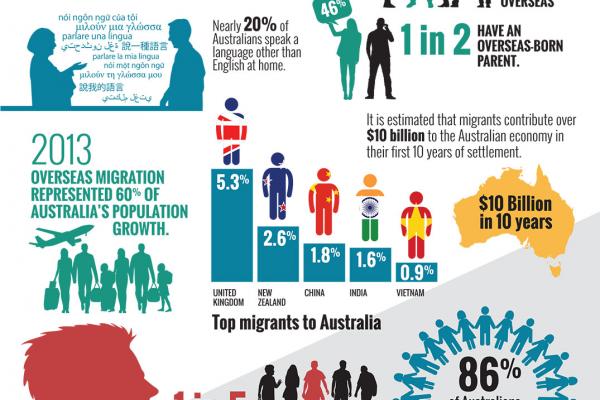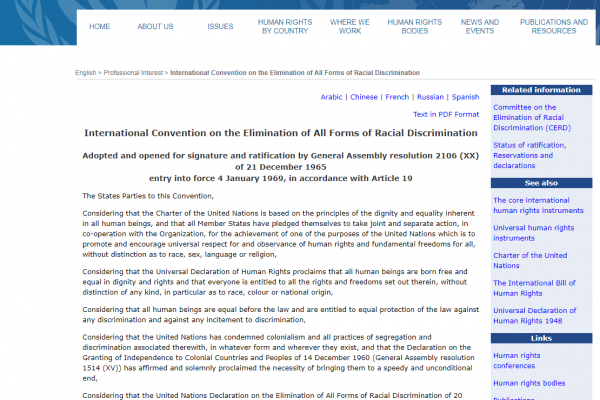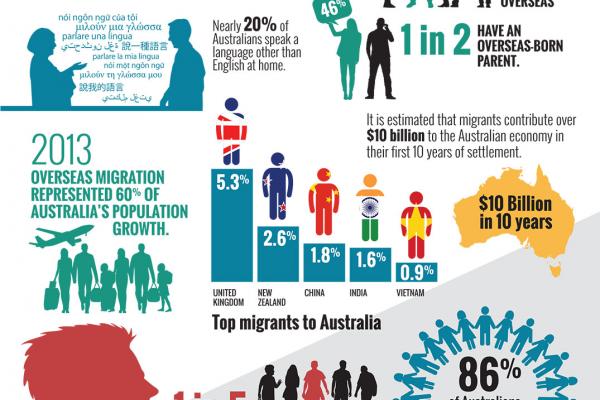
International convention on the elimination of all forms of racial discrimination
The International Convention on the Elimination of All Forms of Racial Discrimination was (the Convention) was adopted by the United Nations in 1965. It defines racial discrimination as when a person or group being treated differently because of their race, colour, descent, national origin or ethnic origin and this treatment impairs, or is intended to impair, their human rights and fundamental freedoms. For example, an act is racially discriminatory if a person is denied a service or employment because of his or her race or ethnicity, or when a law or policy impacts unfairly on a particular racial or ethnic group.
All human rights in the political, economic, social, cultural and other fields of public life are to be ensured to everyone without racial discrimination. When a state ratifies the Convention, it commits to prohibit and put a stop to racial discrimination by persons, groups and organisations and to ensure effective protection and remedies for victims of racial discrimination. States must also take action to combat the prejudices that lead to racial discrimination, and eliminate the barriers between races, through the use of education and information, and by encouraging integrationist or multiracial organisations and movements.









